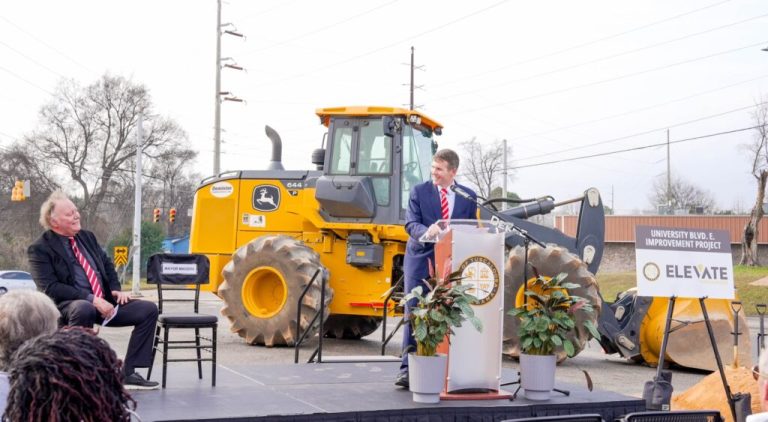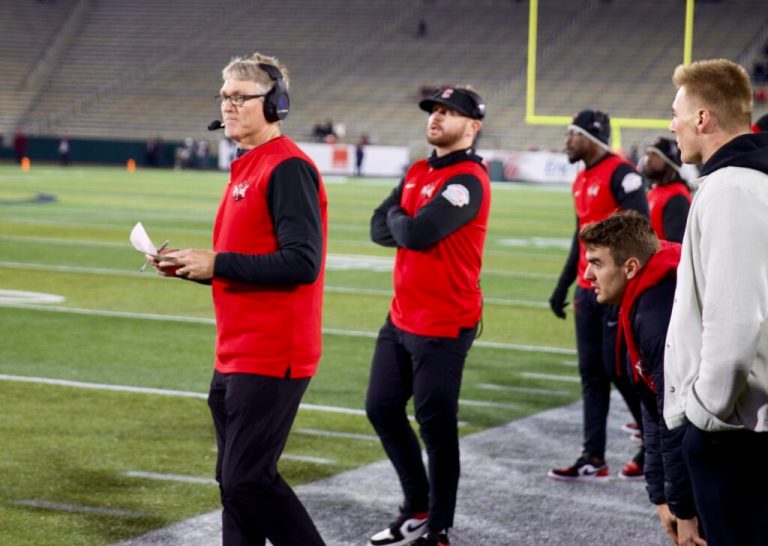Reviewed by: Cindy Hatcher
3 ways you can help protect Alabama’s wilderness areas
Reading time: 6 minutes
Sponsored

The job of protecting Alabama’s 42,218 acres of public wilderness belongs to all of us.
Between 1975 and 1999, three federal Alabama wilderness areas, Sipsey Wilderness, Cheaha Wilderness and Dugger Mountain Wilderness were designated and expanded.
When Congress established these wilderness areas, they committed to maintaining them as undeveloped, roadless, natural and forever wild.
How do you do that in today’s world?
In this, our third story in a series about Alabama wilderness, we learn how a forest protection group headquartered in Double Springs, called Wild Alabama, is working to protect our wilderness areas. We’ll share how you can get involved with their three leading volunteer stewardship programs:
Alabama wilderness: A magical place, not a roadside park

Lindsay Madison, Stewardship Coordinator for Wild Alabama, describes how she first fell in love with the Sipsey Wilderness nearly twenty years ago. Her story sounds much like that of the people who started Alabama’s wilderness movement and championed wilderness areas, highlighted in our first two stories in this series.
“When I first stepped into the Sipsey it was 2006, I entered a magical place that I couldn’t believe was Alabama with lush green ferns and waterfalls. I love the fact that it was free for exploring your own way.”
Lindsey Madison, Stewardship Coordinator for Wild Alabama
Over time, after visiting the wilderness for years, Lindsey saw things that deeply concerned her: People carved their names into trees, cut down small trees and left trash.
“I wanted to explain to people why they shouldn’t do that, how it trashed the forest and made it look like a roadside park. I don’t want it to become that, so I decided to work and help people preserve it (Sipsey).”
That’s why today, Lindsay helps lead the Forest Ambassadors, Volunteer Wilderness Rangers and other stewardship programs through Wild Alabama.
Forest Ambassadors Program – Leave No Trace

A wilderness area is different from the surrounding National Forest, a state or national park or a local nature preserve.
There are restrictions such as group size and what you can bring into the wilderness. Visitors need to know the trails, their difficulty level, possible stream crossings and the likelihood that their phones won’t work.
Back in 2017, Wild Alabama launched the Forest Ambassadors program with a simple premise: Greet visitors at the trailheads on weekends and popular holidays, educate them about “Leave No Trace” ethics and prepare them for their journey into the wilderness.
How can you become a Wild Alabama Forest Ambassador? It starts with a free 4-5 hour training program by Wild Alabama.
Once you’re qualified, you can choose to work at a trailhead entering the Sipsey and Cheaha Wilderness areas (Dugger Mountain does not receive enough visitors to commit Ambassadors). Ambassadors, in pairs, can also walk the trails to assist wilderness visitors.
Thanks to support from the Sierra Club, Ambassadors can receive a small stipend.
Does the program work?
According to Heather Tucker, Wild Alabama’s Executive Director, Wild Alabama has compiled substantial data over the years showing that trash and negative incidents in the wilderness areas have decreased because of the Forest Ambassadors program.
“The presence of people, educating visitors, Leave No Trace principles and ethics is a great benefit. We don’t pick up those 10 dirty diapers in the forests as often!” Tucker laughed.
Want to become a Forest Ambassador? Visit the Wild Alabama Forest Ambassadors page for all the details.
Volunteer Wilderness Rangers — Good Stewardship

In 2010, Wild Alabama modeled a successful project from Virginia to train Volunteer Wilderness Rangers (VWR). They did this in cooperation with the Forest Service.
At the time, according to Tucker, the National Forests in Alabama only had one ranger in charge of the state’s 42,000+ wilderness areas.
The VWR are trained to patrol and assess trail conditions and greet and educate the public on the trails.The primary difference between a Forest Service Ranger and a VWR are law enforcement duties. Volunteers do not carry guns or write tickets. They do wear uniforms and carry radios, however.
Statewide, Wild Alabama has over 30 VWR on their roster. Learn how to join them at the Wild Alabama Volunteer Rangers program website.
Maintaining the trails and removing invasives

If you don’t have time to be an Ambassador or Ranger, you can volunteer through Wild Alabama’s many other programs.
Some of the most exciting projects are trail maintenance. For example, hand tools must be used in wilderness areas instead of power tools. You can learn to use traditional crosscut saws and other hand tools to cut up and remove trees or limbs that fall onto trails.
Other programs include:
- Litter pickup
- Invasive plant removal (use of hand tools only)
Folks from all walks of life are encouraged to volunteer and support stewardship efforts. It is so rewarding to see native wildflowers flourishing where a patch of Chinese privet had previously taken over!
Over the years, Wild Alabama has conducted stewardship events on over 200 miles of trail.
Events are held throughout the year. Visit Wild Alabama’s for their calendar.
Wanted: Wilderness Champions

Fun Fact: How important was the creation of Wilderness areas to Alabama? Two leaders of the original Sipsey Wilderness Campaign — Mary Burks and Blanche Dean — were inducted into the Alabama Women’s Hall of Fame, because of their leadership in wilderness and conservation.
Now, more than ever, Alabama Wilderness areas within the Bankhead and Talladega National Forests need champions.
Whether you enjoy getting your hands dirty clearing a trail or writing letters to your Representative or Senator advocating for the protection of wilderness — every one of us can be a champion. Check out the Wild Alabama Forest Watch page https://www.wildal.org/forest-watch.html
Sponsored by:




